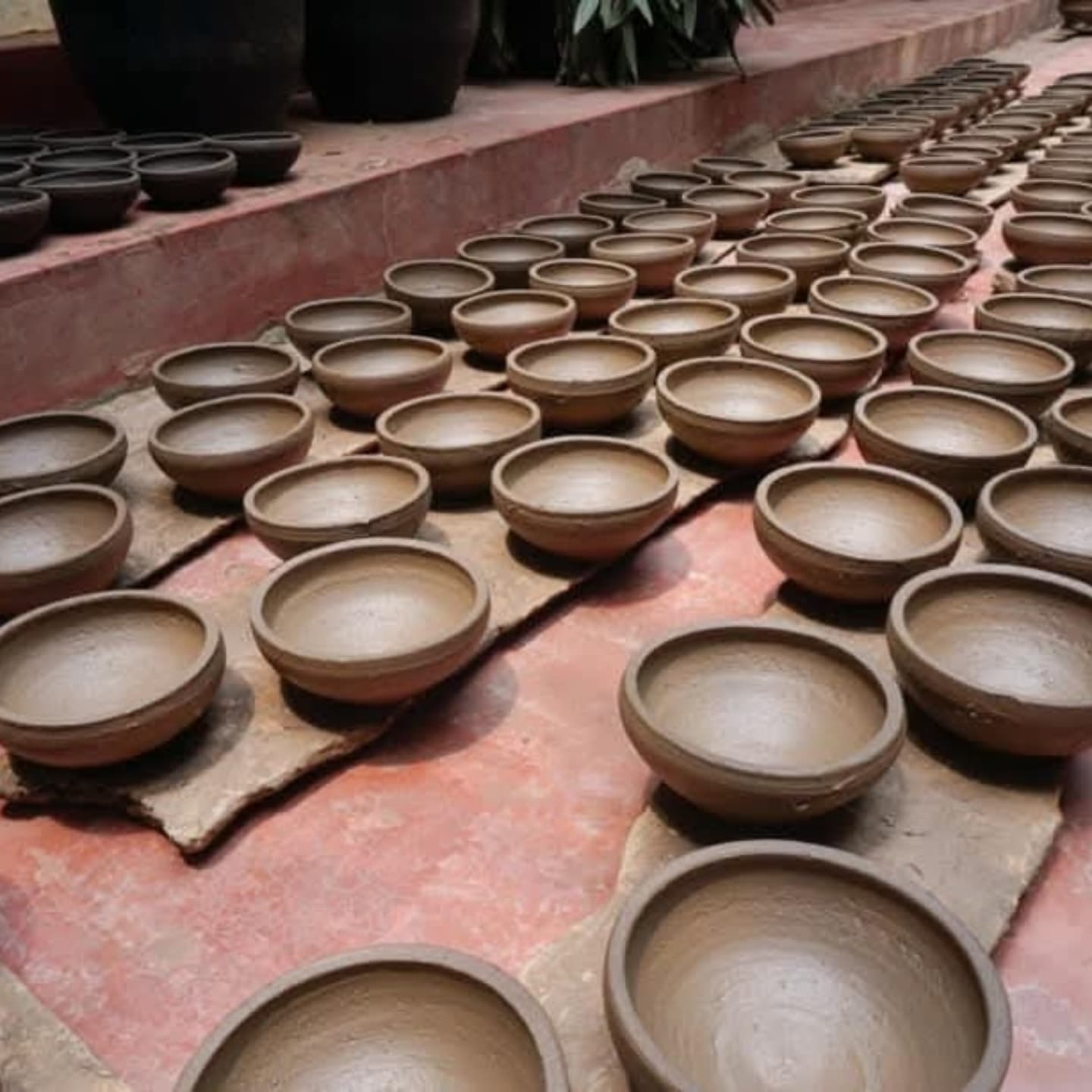Currently Empty: $0.00

February 4, 2025
0 Comments
The Pottery Industry in Sri Lanka: A Tradition Rooted in History
Pottery in Sri Lanka is a traditional craft that has been an integral part of the island’s heritage for centuries. This small-scale industry, distributed across the country, showcases the enduring skill and creativity of Sri Lankan artisans. From its humble beginnings to becoming an essential element of ancient trade, the pottery industry reflects the cultural and economic evolution of the nation.
Historical Significance
The history of pottery in Sri Lanka dates back to the second century BCE, with archaeological evidence from sites such as Anuradhapura Gedige and Kandarodai in Jaffna. Excavations near Tissamaharama have uncovered pottery items from this period, some of which were imported, indicating that pottery was a significant component of ancient international trade. Over generations, this craft has been preserved, embodying the artistic traditions of the past while adapting to changing times.
Materials Used in Pottery
Clay remains the primary raw material in Sri Lanka’s pottery industry, with three main types being utilized:
Red Clay: Commonly available across the country.
Primarily used for tiles and bricks but, after refinement, is also used in pottery.
White Clay: Found in large deposits but requires blending with other materials for pottery use.
Primarily used in the production of porcelain and ceramics.
Ball Clay: Rich in kaolin and found in smaller deposits in areas such as Boralesgamuwa and Mitiyagoda.
The scarcity of clay due to high demand has increased production costs, challenging many traditional potters.
Traditional Techniques
Pottery production in Sri Lanka retains much of its traditional charm, with methods passed down through generations.
Preparation of Clay:
Red and black clays are mixed, seasoned, and kneaded to remove impurities.
The prepared clay is kept aside to ensure it achieves the right consistency for shaping.
The Potter’s Wheel (Sakaporuwa):
A traditional wheel, historically operated manually by family members, is used to shape the clay.
Many potters now use motorized wheels, allowing for greater efficiency.
Shaping and Drying:
The clay is molded into desired shapes and left to dry before undergoing finishing touches using wooden tools.
Firing in the Kiln:
Pots are fired in a square kiln using coconut husks and wood as fuel. The firing process takes approximately three days, requiring skill to avoid breakage.
Despite modern advancements, many potters adhere to these traditional methods, preserving the authenticity of their craft.
Challenges and Developments
The pottery industry faces several challenges, including: Scarcity and rising costs of raw materials.
Outdated production techniques leading to inefficiencies. Limited access to modern technology and resources. High rates of product damage during production.
While most artisans rely on traditional methods, some have adopted modern techniques to increase efficiency and meet market demand. The industry is gradually shifting towards producing high-quality, export-oriented goods while maintaining its traditional identity.
The pottery industry in Sri Lanka is a testament to the island’s rich cultural heritage and artistic traditions. Despite the challenges, it continues to thrive, providing livelihoods to many and contributing to the preservation of an ancient craft. With the right balance of modernization and tradition, the industry has the potential to grow sustainably, showcasing Sri Lanka’s artisanal excellence to the world.
Experience the artistry and craftsmanship of Sri Lanka’s pottery, where tradition meets innovation in every handcrafted creation.
#madebysrilankan #madeinsrilanka #vigtravel ❤️🇱🇰
📸 credit to photographers




